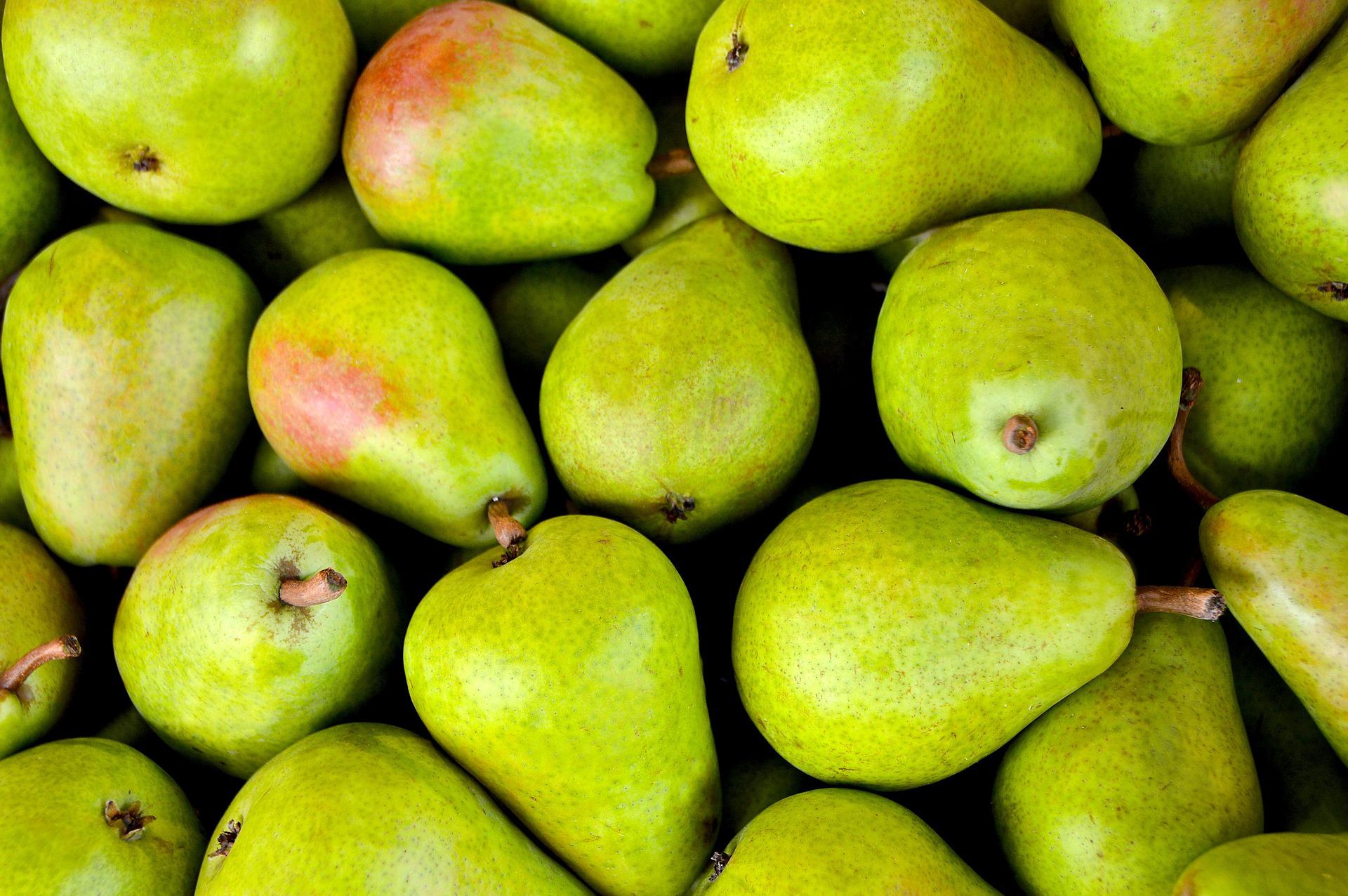Pear (lat. Pyrus communis L.) belongs to the pome fruit species together with apple, quince and gooseberry. In plant systematics, the pear belongs to the family of roses (Rosaceae) and the genus Pyrus. It is one of the oldest fruit species.
It originates from Europe and Asia. According to some records, it dates back to a few thousand years ago, while on the other hand, there are assumptions that it was discovered back in the Stone Age. For a long time, there were no more than a few dozen varieties. The work of French and Belgian breeders and breeders in the 18th century created more than 800 of them, while today there are about 6,000 discovered varieties in the world. Asian varieties gave rise to Japanese-Chinese (nashi) varieties that came to Europe from Asia only in the last century.vv
According to its importance, the pear should be right after the apple in Croatian fruit growing. Our pear production areas stretch from eastern Slavonia across the entire northwestern Croatia and from Istria to the southernmost part of Dalmatia.
Pear is a rich source of fiber and vitamins C and K.
The largest pear producers in Europe are Italy, France, Germany, Sweden and Spain.


Nutritional value of pear
Pears are a good source of dietary fibers that have a healing effect first on the health of the digestive system and then on the cardiovascular system. It is interesting to note that pears contain more pectin than apples.
The content of antioxidants in pears helps to protect against the harmful effects of free radicals, which, for example, strengthens the immune system.
Pears have also shown an effective effect in lowering blood pressure due to the healing effect of the antioxidant glutathione, which also reduces the risk of stroke. Pear juice is an excellent source of energy thanks to the natural fruit sugar fructose and levulose, so it is also suitable for diabetics. Thanks to its refreshing effect, pear juice can relieve fever. In addition, pears also contain some ingredients that alleviate various inflammatory conditions.
Energy value of 100 g of fresh pear:
| Nutrient | Measuring unit | Amount |
| Energy value | kcal | 58 |
| Carbohydrates | % | 15,50 |
| Protein | % | 0.40 |
| Fat | % | 0.10 |
| Ca | mg | 9 |
| Fe | mg | 0.17 |
| Mg | mg | 7 |
| P | mg | 11 |
| Zn | mg | 0.10 |
| Cu | mg | 0.08 |
| Mn | mg | 0.05 |
| F | mcg | 2.20 |
| Vitamin C | mg | 4.20 |
| Tiamin | mg | 0.01 |
| Riboflavin | mg | 0.02 |
| Niacin | mg | 0.2 |
| Pantothenic acid | mg | 0.05 |
| Vitamin B6 | mg | 0.03 |


Use value of pear
Pears are known for making high-quality brandy, we use them less often in compotes and jams, although they can also be used to make very tasty canned fruit products.













































